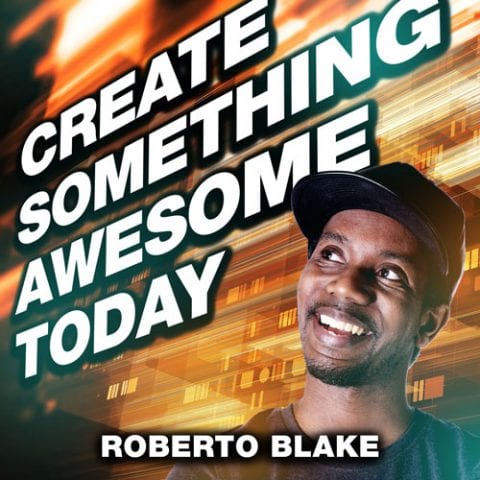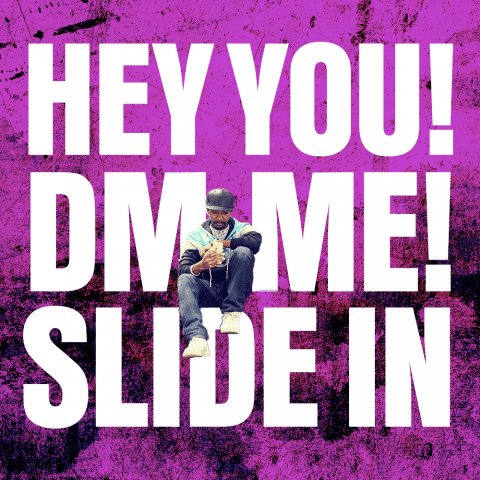The Creator Economy has allowed many people to monetize their talents, their interests, or even just their personality. It’s a phenomenon that is still confusing many people who are used to traditional forms of income, who are still getting used to the idea that the latest crop of American Billionaires, are nerds who learned to code, instead of oil tycoons and land barons.
In fact, the Creator Economy is producing the youngest and fastest-growing set of millionaires and 6 figure earners America, or for that matter, the world has ever seen.
My own Creator journey has seen me grow from 0-100,000 subscribers between 2013-2016 on YouTube and to nearly 550,000 subscribers since then, as well as more recently restarting my podcast channel with 2000 subscribers and an average of over 500 Audio Downloads per episode.
In 2020, in an effort to be transparent and also break down the importance of diversifying income streams, and scaling passive income through evergreen content and automation, I shared that I earned $300,000 in gross income that year. 50% of the income before taxes went directly back into the business, largely in taking on a team, outsourcing, and investing in new projects.
During 2020 due to the pandemic and for mental health reasons I took an extended break from creating content on my YouTube channel and largest platform and uploaded fewer videos than I normally would, yet I saw an increase in my overall earnings. In 2021 I uploaded half of the amount of content of the previous year, but earned significantly more, $408,000 in gross income.
None of this is to show off, or to flaunt my numbers, but to be transparent and use a teachable moment that may help other Creators understand the potential in diversifying income sources, and add some context to the Creator Economy.
Simplified Income Report
- Brand Deals – $160,000
- Coaching Business – $105,000
- Affilaite Marketing – $95,000
- YouTube Ad Revenue – $38,000
- Public Speaking/Virtual Workshops – $5000
- Miscelaneous – $5000
BRAND DEALS
For NDA purposes I cannot share the specifics of each brand deal but the structure for my brand deals revolves around Recurring Sponsored Content in Packages, for the most part, a Gold and Silver Annual Package. There are of course one-time engagements and campaigns for both YouTube and Instagram. I’ve also been asked to make content directly for brands to host on their own platform.
By engaging in long-term contracts you do limit yourself from other opportunities. Negotiating an appropriate price for limiting the scope of your relationships with brands can give you a secure and steady stream of income and reduce the anxiety of being a creator with variable income.
COACHING
With regard to my Coaching Business, the usual criticism is the concept of course sales, but currently, as of the writing of this article, I do not sell any “courses” and primarily focus on 1:1 Coaching, a Monthly Membership Group, and Digital Download Templates. I have nothing against course sellers and plan to offer these myself in the future but it is usually the biggest source of criticism that larger incomes are made in selling something rather than doing something. Which I think is a bad-faith argument because selling a product by its nature scales more than doing unscaled labor. A human can’t outwork a machine, and essentially e-Commerce is a machine, but I digress.
More than 60% of the income within my Coaching business is active income vs passive income. I don’t see it as a badge honor, to still have a substantial active income stream, it’s just a preference that I have in working 1:1 directly with Creators or teaching virtual workshops when in-person workshops or public speaking is not possible.
AFFILIATE MARKETING
One of the revenue streams I’ve been very vocal about is Affiliate Marketing as this was one of the first larger revenue streams for me as a Creator when I was first starting out. SAAS (Software as a Service) is my primary affiliate marketing revenue and I typically earn monthly commissions as a result. Between my 2 largest affiliates I earn about $7000 in recurring affiliate revenue and another $1000+ on average in miscellaneous commissions.
YOUTUBE AD REVENUE
Since the podcast channel was not monetized until the end of the year and only made a few hundred dollars in 2021 I won’t make that a primary focus although it seems to be on track to earn on average $1000 a month or more going forward in 2022. The main YouTube channel when I’m consistent in uploading at least 1-2 videos a week or at least 6 videos in a month has the potential to earn $4000-$6500 a month. You would think that the 2021 revenue would be higher, but I was very inconsistent during that time and therefore the channel still grew but underperformed. However, with half the uploads, it made similar revenue to the previous year. This means the opportunity to earn $65,000-$95,000 in Ad Revenue from consistency was on the table.
This is abnormal for a channel that gets my views per month or per year however and is because my channel has a very high CPM Ad Rate within YouTube/Google. My video topics have a $20-$60 CPM Rate on Average and the Podcast has rates as well just starting out.
The norm for most creators is CPM rates of $2-$8 in most niches. Getting even 5x more views would not always translate to earning more revenue than a niche that has a more affluent audience or more opportunities for brand deals or affiliate income. But most Creators operate within the entertainment genres of YouTube.
Ad Revenue and Brand Deals tend to be most content creators’ “bread and butter”, however, the potential within my content puts my 4 largest income streams on par with each other.
PUBLIC SPEAKING AND WORKSHOPS
Before the pandemic, I was starting to make a name for myself as a public speaker, and typically the contract for my public speaking is $5000 if I’m not speaking at an event for free. Before 2020 I could earn as much as $20,000 or more public speaking and would invest that back into travel for interviews, collaborations, or other Creator meetups.
Hopefully, in 2023, I will be able to not only do more public speaking and workshops but host my own events and scale this part of the business to 6-Figures, tho it is likely to only be gross income and break even after expenses. The real value of public speaking is networking and being closer to the community and building new relationships.
MISCELLANEOUS
There are several smaller income streams that I have but they don’t earn a substantial amount individually worth breaking down here in detail. These primarily revolve around licenses and royalties, as well as merchandise sales. While it would be nice to grow these revenue streams, they likely will not be very significant until I expand into Self Publishing Books, promoting my music label of instrumental tracks (100+), and launching courses on Skillshare.
IS THIS REALISTIC FOR OTHER CREATORS?
One of the main criticisms that sharing these numbers brings, is that it’s an “outlier” result. The problem with that argument is that it also represents outlier behavior. The context of these results is not some “lucky viral sensation”, but rather a decade of discipline in making over 1500 videos and building a dozen intentional relationships with brands on the back of the body of work.
What is realistic is for more people to earn a full-time income of $50,000 a year doing something they enjoy and that over a period of time may be able to legitimately grow into a 6-figure business. And it’s not unreasonable or far-fetched or a get-rich-quick scheme. Building an audience is legitimately hard, but it’s also, in the long run, a very scalable way to earn a living on your own terms, by monetizing the interests of like-minded people. Which at the end of the day is what any good business ultimately does.






0 Comments